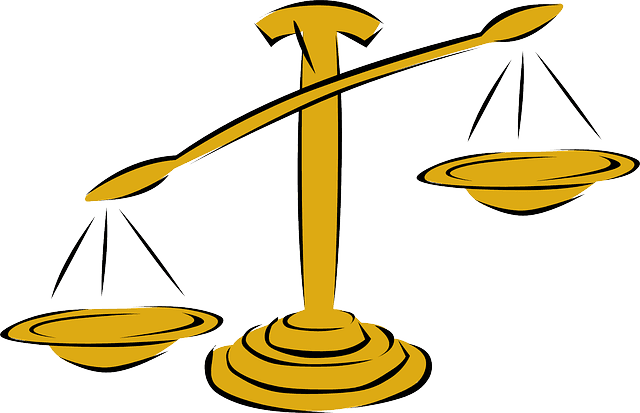The following post is an opinion on the article “Intellectual property rights: when it’s broken, fix it!” authored by Arun Maira and published by livemint.com. The article suggests that we need affordable medicines and we need more innovation and it is therefore, time to reinvent the patents regime.
The role of IPR in providing access to affordable medicine has been a contentious issue for a long time. As identified by Frederick M. Abbott in his paper on the subject, each of the IPRs used to regulate the pharmaceutical sector has both restrictive and permissive characteristics. In every country with a history of developing, implementing and applying IPRs, there is a balance struck between the restrictive and permissive characteristics of IPRs.
New medicines are subject to the grant of exclusive rights of patent, allowing the originator pharmaceutical company a temporary right to exclude others from entering the market with the same medicine. But, it is open to potential competitors to challenge the validity of the patent. With respect to India, many argue that India is failing to provide all its citizens access to affordable healthcare. While it is true that, India’s expenditure on health care has time and often been given a backseat, the union budget of 2016 has given hopes to better health care opportunities. Allocation for health insurance in the 2016-17 budget is Rs.1,500 crore, which is a good sum to start with.
India has been committed to affordable healthcare and the same is reflected in the decisions of the Courts in cases including Novartis, Bayer, MSD, etc. The decision by the government to follow the health insurance model in the coming years is indicative of the states willingness to ensure a better health care. Further, the government plans to open 3,000 Jan Aushadhi stores offering affordable generic medicines. At present, India has a total of 137 such stores in 19 states.
However, despite what has been said above, it has been reported in an article on livemint.com that the state has been finding it difficult to reduce the prices of medicines, including those of essential medicines. Price controls are resisted by producers, and by advocates of free markets. The Pharma giants have been trying to take over Indian generic drug producers by contending that the IP laws in India are flawed and do not provide a leveled playing field for all. Some even go to the extent of accusing the state and its laws as being in contradiction to the standards agreed upon by other major economies of the world.
The article further reports that ,US citizens are not very happy with the Big Pharma and are constantly pressuring the state to allow people to bring medicines from Canada where they are cheaper. The companies in this case always argue that such a decision by the government would harm the market for medicines in the US as it would reduce prices and reduce the incentives for innovation.
Arun Maira, former chairman, BCG India, and member, Planning Commission in his article “Intellectual property rights: when it’s broken, fix it!” Published on 23rd February, 2016 states that India must improve the machinery for implementing any IPR regime. It must have competent patent offices, good competition regulators, and an effective judicial system. The time has come to examine the fundamental principles of the IPR regime.
While it is true that the system needs to be made more efficient with faster and better patent offices, proactive competition regulators and an effective judicial system, it is also a major requirement that the policies and rules by and within which each of these systems must act must be set in place. Further, there are several nuances and loopholes in the IP regime itself and this should take prime focus. You can’t keep everyone happy, but you can try and keep everyone contended. Any change in the IPR regime must keep this in mind.
As of now, IPR and Access to medicines are placed on the two scales of a balance and the balance is far from harmonized. The skewed balance must be set right. However, in an economy where investment drives innovation and innovation itself seeks to curtails innovation, can we afford to question those with the invention?
Authored by Gaurav Mishra.
Image Source/ Attribution here, this image is in public domain.



